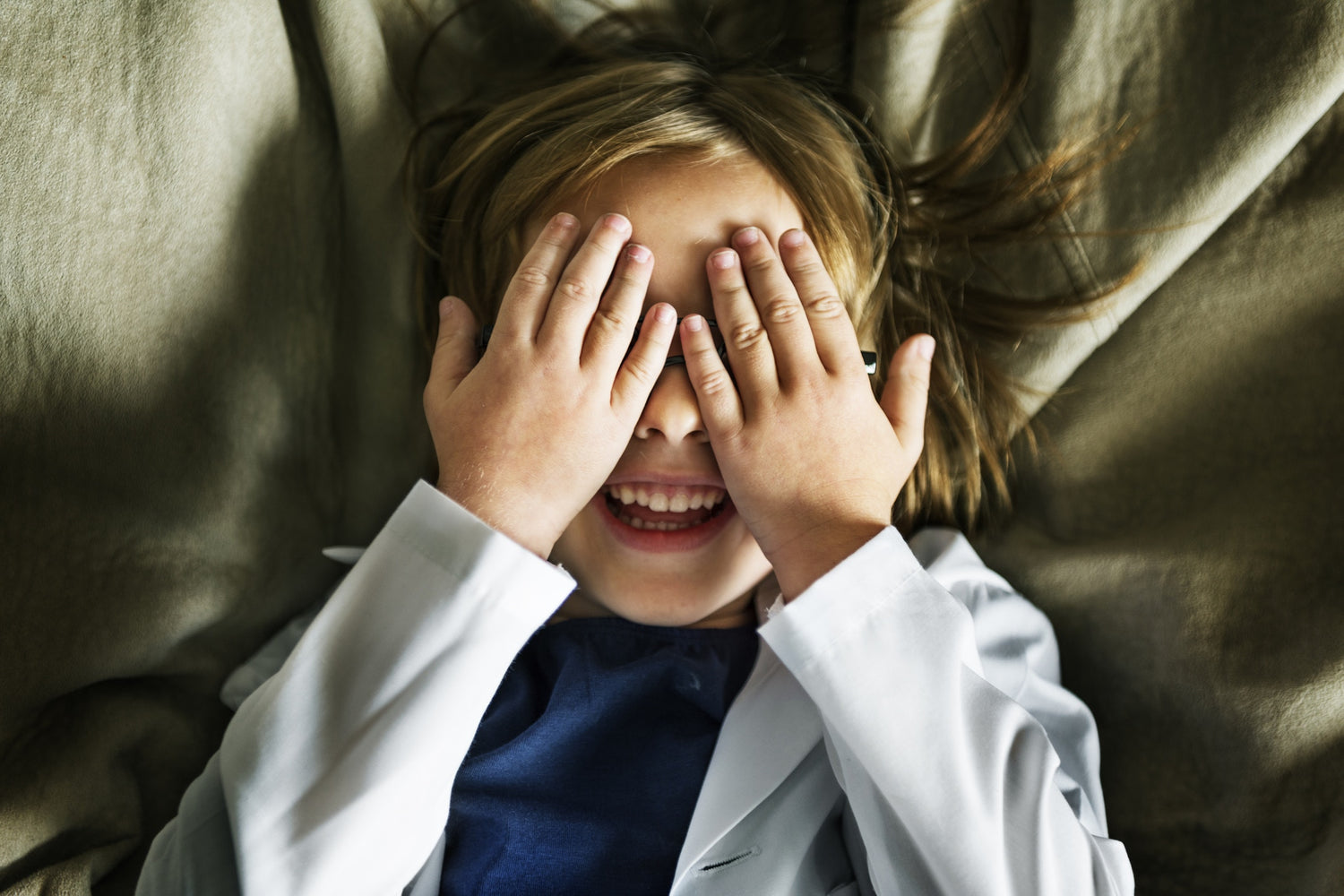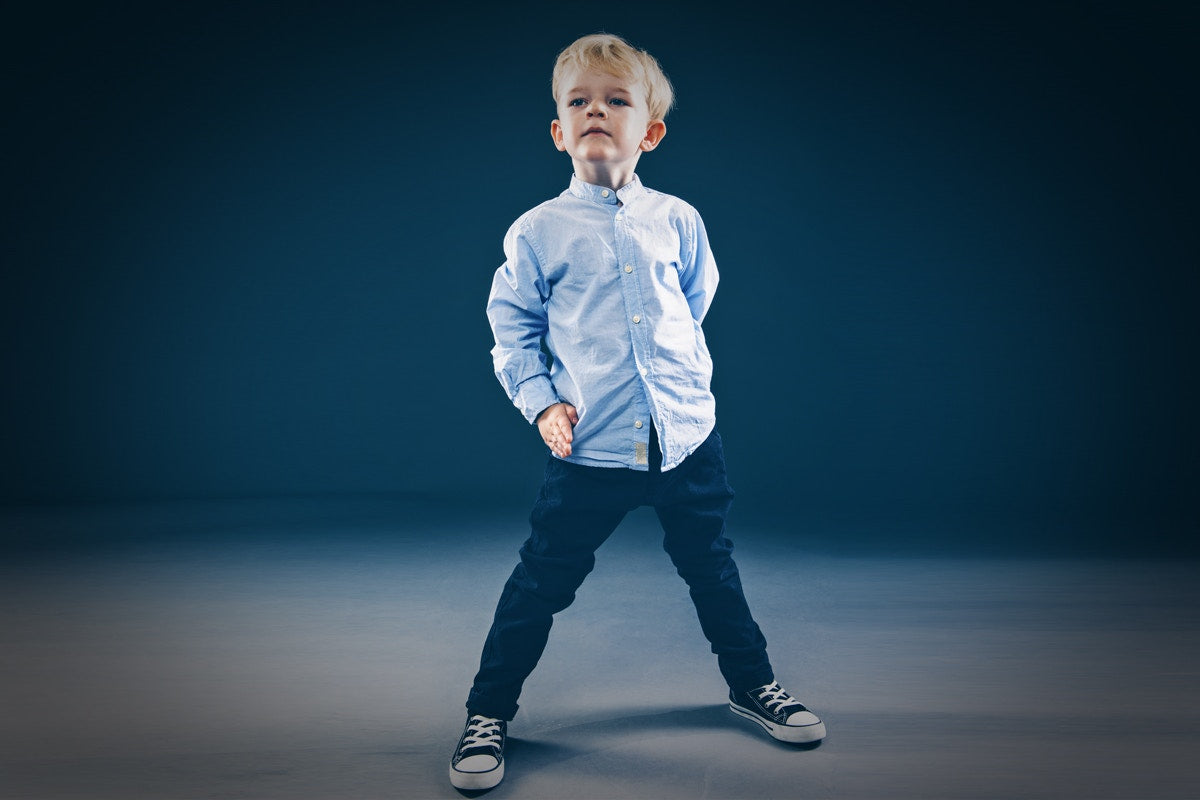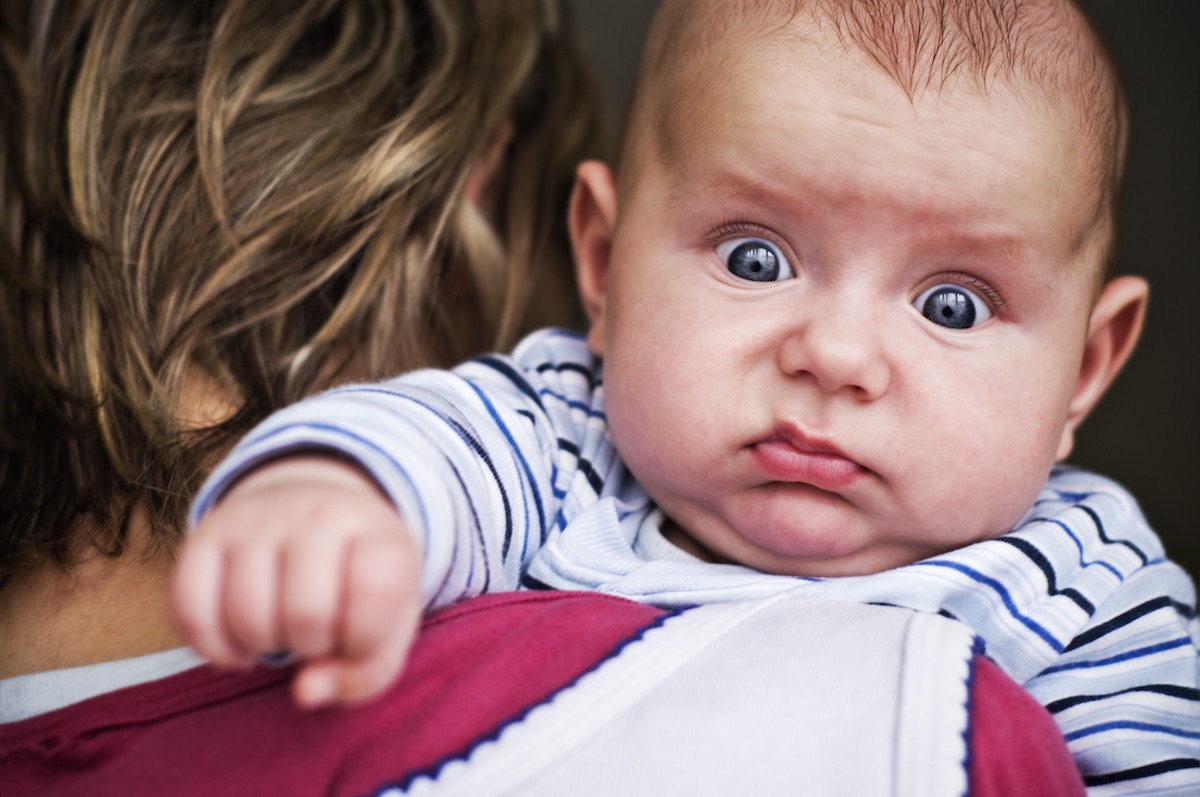The first time I played hide-and-go-seek with my son, he put a dish towel on his head and said he was ready. That was his whole hiding spot. He didn’t duck behind a door or anything – he just put a towel on his head and figured I’d never find him.
It’s amazing how confident he was about it. He openly taunted and laughed at me, saying, “You can’t find me!” He was so sure that standing in front of me with a dish towel on his head made him invisible that he wasn’t even worried about how much noise he was making.
It’s one of those weird developmental things we just take for granted. We all know our kids suck and hide-and-go-seek, but have you ever wondered why?
Believe it or not, there are people who have dedicated their whole lives to that question. About 100 years of science have gone into figuring out why kids think standing behind a potted plant makes them invisible – and it’s still a work in progress.
A new discovery, though, suggests the reason kids are bad at hide-and-go-seek may be deeper than we think.



